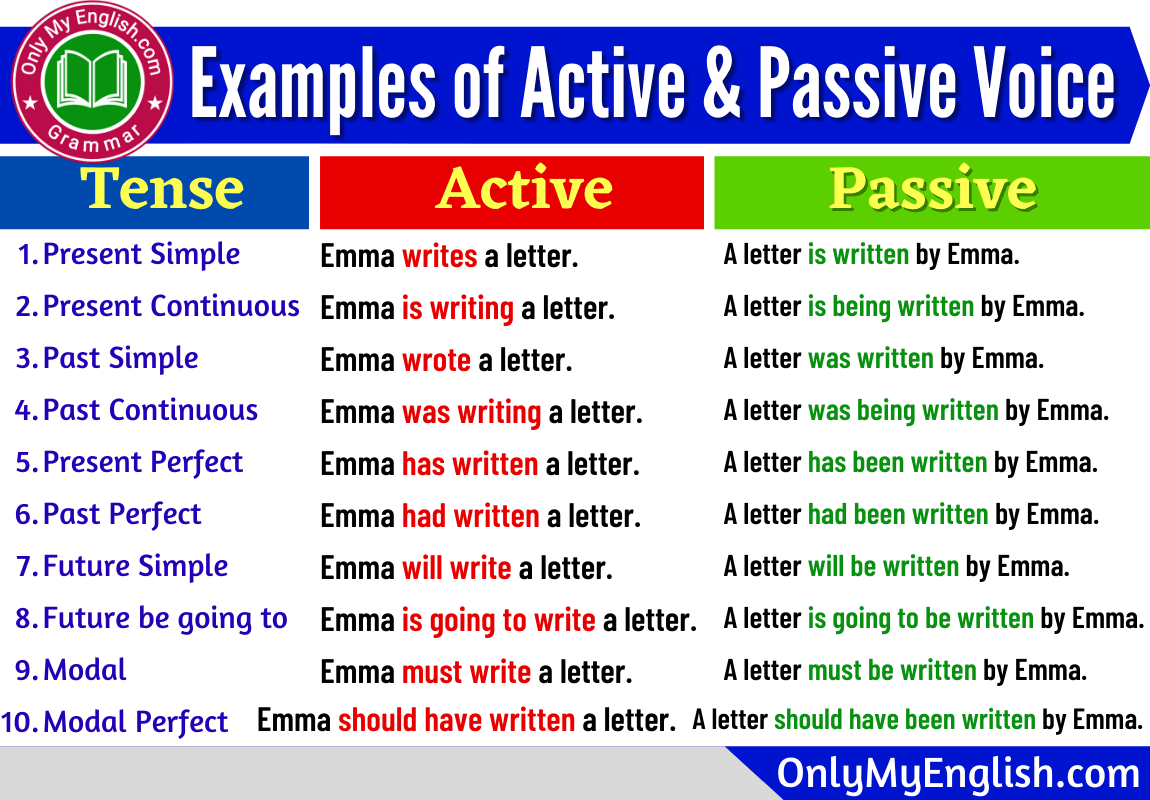Passive voice is a grammatical construction where the subject of the sentence is acted upon by the verb. This can sometimes make the sentence less direct or clear. Understanding passive voice and being able to recognize it is important for effective communication in writing. In this article, we will explore some examples of passive voice sentences.
Passive voice sentences are often characterized by the use of a form of “to be” followed by a past participle. While passive voice can be useful in certain contexts, overusing it can make writing dull and unengaging. By identifying passive voice sentences, writers can improve the clarity and impact of their writing.
Examples of Passive Voice Sentences
1. The cake was eaten by the children. (Active voice: The children ate the cake.)
2. The report will be reviewed by the committee. (Active voice: The committee will review the report.)
3. The movie was watched by millions of people. (Active voice: Millions of people watched the movie.)
4. The car was repaired by the mechanic. (Active voice: The mechanic repaired the car.)
5. The letter was written by Sarah. (Active voice: Sarah wrote the letter.)
Recognizing and correcting passive voice sentences can improve the flow and readability of your writing. By using active voice, you can make your sentences more dynamic and engaging for the reader. Remember to consider the impact of your sentence structure on the overall effectiveness of your writing.
When using passive voice, it is important to consider the context in which it is appropriate. In some cases, passive voice can be used to emphasize the action or object of the sentence. However, using passive voice too frequently can weaken the impact of your writing and make it less engaging for the reader.
In conclusion, understanding passive voice and being able to recognize it in your writing is essential for effective communication. By practicing identifying and correcting passive voice sentences, you can improve the clarity and impact of your writing. Remember to consider the context and purpose of your writing when deciding whether to use passive or active voice.
